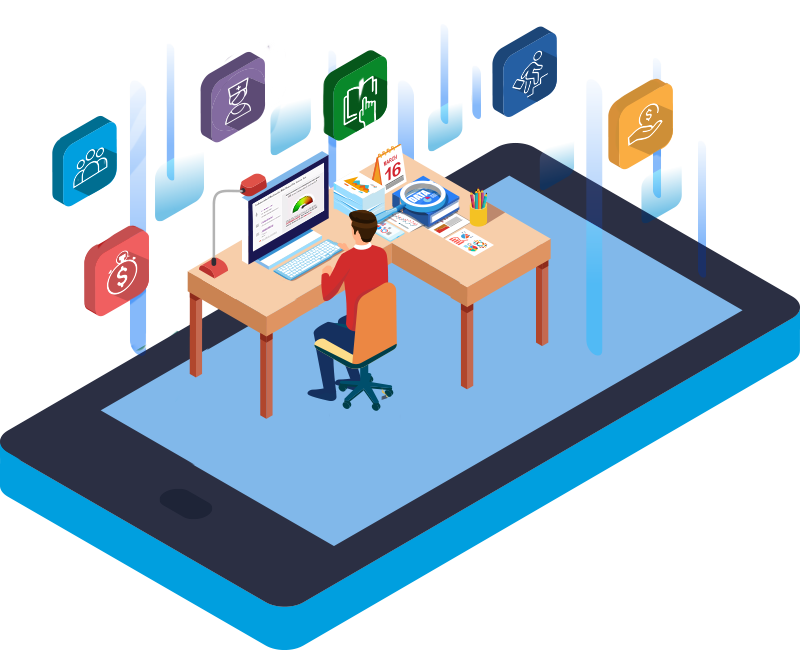By Lori Brown
With the regulatory and legal landscape shifting more rapidly than ever, human resource professionals play a critical role protecting their organizations from compliance slippage. In my nearly three decades of representing companies large and small in connection with employment-related matters, I have found that even the most sophisticated companies fall victim to the following words: “That’s just how we’ve always done it” or “we adhere to what’s already in our system.” How does this translate in the human capital compliance world?
In the payroll context, for example, this often means the salary v. hourly classification is married by default to the job code or title and seldom revisited, regardless of the shifting legal landscape or inevitable changes in duties and responsibilities of the job itself. Or, in the onboarding context, this usually means critical onboarding documents such as offer letters, non-disclosure agreements or non-competes are based on template or document libraries compiled over several years and kept in personal folders. For the busy human resource professional, cutting and pasting from “go-to” documents is undoubtedly efficient as is relying on the exempt/non-exempt classifications already in the system. While seemingly efficient, as many HR and legal professionals now realize, these practices create compliance risk. They also understand that through technology, they can easily implement new processes that allow for more consistency, legal certainty and conformity to their culture.
Let’s also take the example of job codes for a moment. Without the benefit of a transparent, automated platform, many payroll personnel simply defer to historical classifications. This can be perilous for failure to ensure compliance with the Department of Labor’s regulatory tests. At the same time, incumbents and new hires who work in different states may be subject to differing state law tests to say nothing of inconsistent classifications between decision makers. By providing digitized, expert decision making guidance for customized job reviews, together with a user-friendly online dashboard, ComplianceHR’s Navigator OT solves for these problems.
Likewise, automating routine onboarding documents such as offer letters ensures the 3 C’s are met: consistency, certainty and culture. ComplianceHR’s Navigator Onboarding applications generate state of the art, 50 state compliant onboarding documents that users can access online, 24/7. Indeed, even a template that was state of the art just a few years back could omit critical components under state and federal law. At the same time, many organizations struggle to maintain control over the content and consistency of the offer letters generated throughout the organization. Rather than utilizing disparate templates, ComplianceHR’s technology asks the user to complete an easy to understand digital questionnaire, then generates a consistent, comprehensive document that covers all essential topics. And because the documents are generated in both .pdf and Word, the user can conform these documents to their culture – inserting any additional language important to the organization.
These are just a few examples of how embracing and leveraging technology can vastly improve traditional processes. Digitizing traditional “legacy” practices helps HR professionals to drive consistency across their footprint while ensuring compliance and creating more bandwidth to tend to matters of greater strategic importance.

